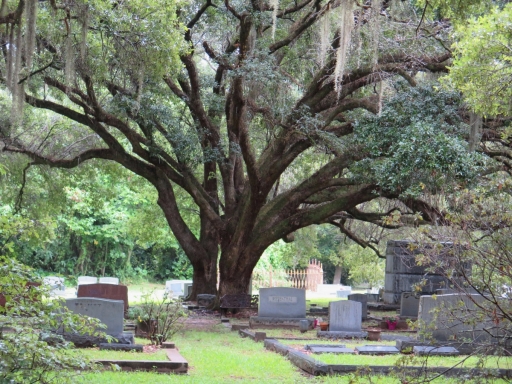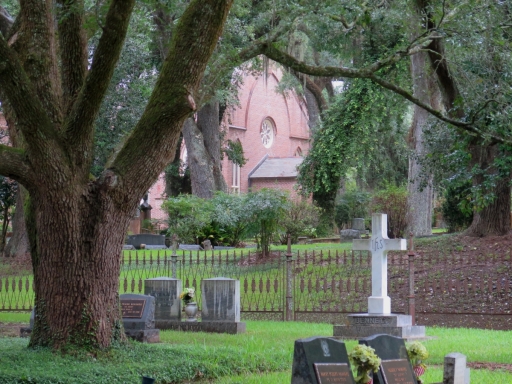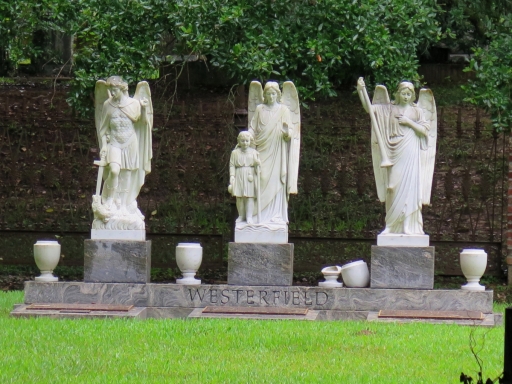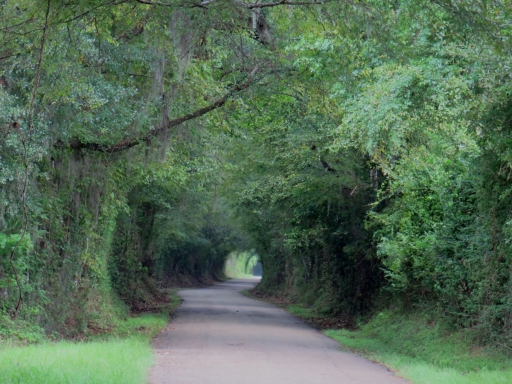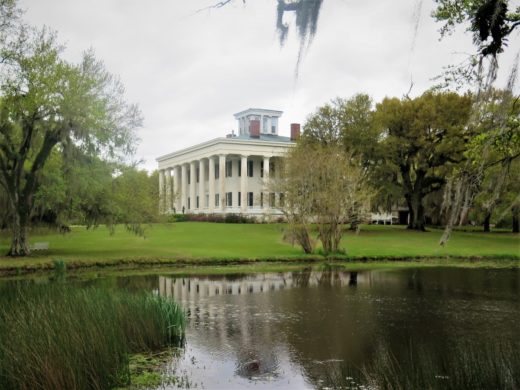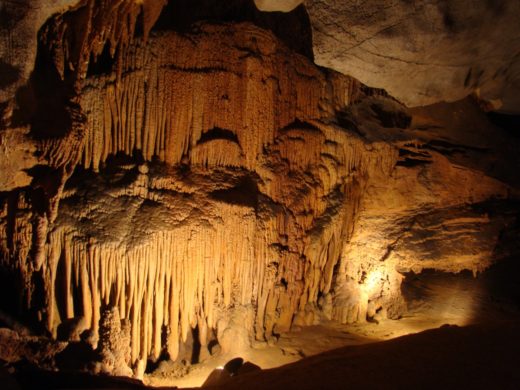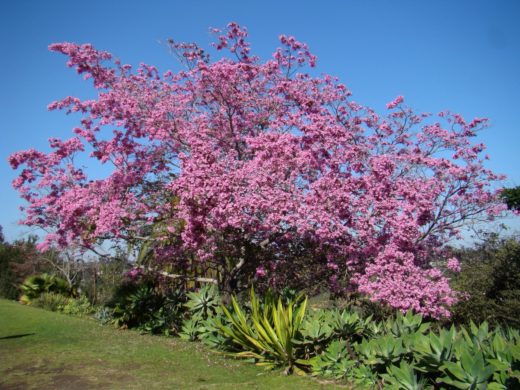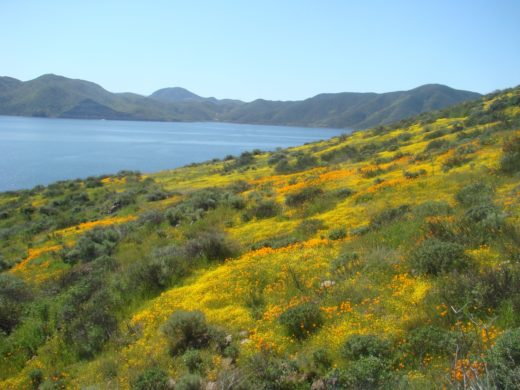A Step Back in Time to St. Francisville, Louisiana
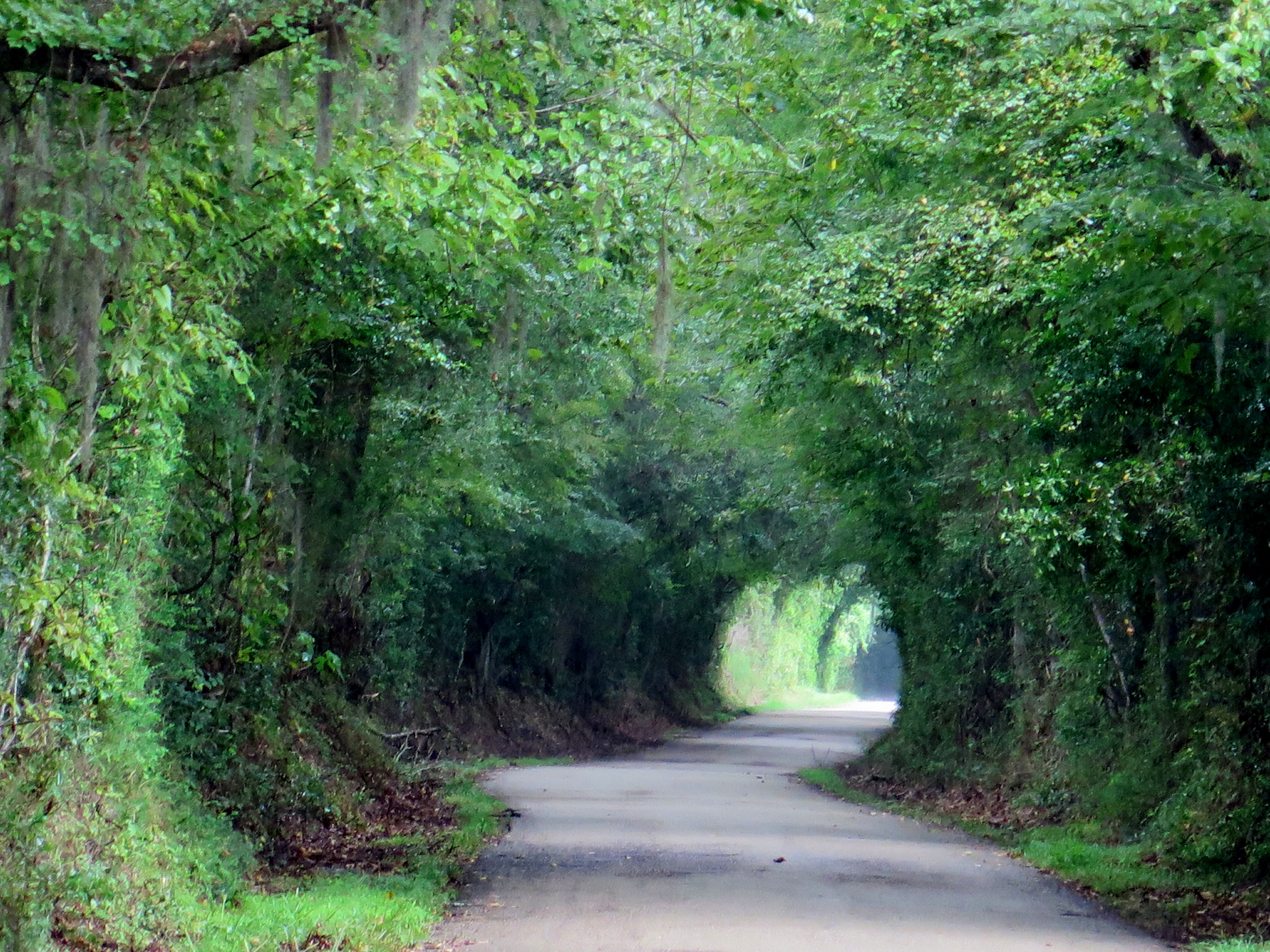
A trip to St. Francisville, Louisiana, which is about 60 minutes north of Baton Rouge is like stepping back in time. The small community was a thriving town in the 1800’s when cotton plantations were in their prime. But the Civil War and the boll weevil, which wiped out the cotton crop, ended that golden era. So now St Francisville, Louisiana, is a small, sleepy town.
Over Labor Day weekend, September 5, we went to the St Francisville area to hike to the largest cypress tree in Louisiana on Cat Island, a US Fish and Wildlife reserve. The tree is actually the largest tree east of the Rockies and is estimated to be 1,500 years old. But the road was washed out due to flooding in August and access is now via private property which is restricted.
Bayou Sara is hiding behind this large tree with massive vines climbing up the branches.
So there is no access to the trails to hike to the cypress tree at this time.
The road goes along Bayou Sara which flooded during the 1000 flood in August wiping out the road. The road turned from a paved road to one on a dirt bed. Glad there was no rain, this would have been impassible.
Here’s Bayou Sara.
You must cross a one-lane bridge to get to the tree. This bridge used to be a pontoon bridge, now it is a permanent one.
Here is Marc crossing the bridge.
I’ve included some excerpts from the US Fish and Wildlife Service regarding the reserve. We tried to visit the reserve in March, but high waters prevented access that time, too. It looks like it the cypress tree is beautiful and massive; we will have to wait. In the meantime, we took photos of the scenery.
Much of this area is filled with large ravines. The vines cover trees here. You you don’t want to get off the road, it is a large drop. The photo doesn’t do justice to the magnitude of the drop. This rugged terrain around the state prison, Angola, is one reason why no one has ever escaped from the prison successfully.
The old road leading to Bayou Sara has become repressed over the years. So the trees form a natural canopy. It is just beautiful.
Back in town, we stopped at the historic church, Grace Episcopal Church. It is quite old, with many graves dating from the early 1800’s. It was shelled during the Civil War.
Here is the church nestled among the graves.
Here is one of the more interesting tombstones.
In the 1800’s there was a thriving Jewish community including a synagogue. All that remains now is Hebrew Cemetery.
Here is the grave of two-year-old Lotta. You wonder what her story is.
Are these her parents?
A large row of live oak trees seem to protect the cemetery.
And so St. Francisville is quiet and peaceful. Looking back in time.
More photos can be viewed in the gallery.
This information is from the US Fish and Wildlife Service WEB site regarding Cat Island and the large cypress tree:
“Cat Island National Wildlife Refuge is home to the largest tree of any species east of the Sierra Nevada mountain range. At an impressive height of 96 feet, a diameter of 17 feet and a circumference of 56 feet, it is truly a sight to behold. The tree is estimated to be approximately 1,500 years old. Visitors may view the tree by way of the Big Cypress Trail, a .75 mile round-trip trail through a unique mixture of bottomland hardwood forest on flat terrain. Parking is located at the trailhead, which is located 4.6 miles from the main gate. This trail is in a “no hunting area”. This trail allows foot traffic only.”
(www.fws.gov/refuge/cat_Island/visit/plan_your_visit.html)
“Cat Island National Wildlife Refuge is located in St. Francisville, Louisiana, approximately 30 miles north of Baton Rouge. This refuge is administered from St. Catherine Creek National Wildlife Refuge in Sibley, Mississippi. Cat Island National Wildlife Refuge consists of 10,473 acres.”
(www.fws.gov/refuge/Cat_Island/visit/plan_your_visit.html)
“Cat Island National Wildlife Refuge was established on October 27, 2000 as the 526th refuge in the National Wildlife Refuge System. It is located near the town of St. Francisville, Louisiana, which is 30 miles north of Baton Rouge. The refuge was established to conserve, restore, and manage native forested wetland habitats for migratory birds, aquatic resources, and endangered and threatened plants and animals. Additionally, it was created to encourage the use of volunteers and facilitate partnerships among the U.S. Fish and Wildlife Service, local communities, and conservation organizations to promote public awareness of resources of the refuge and the National Wildlife Refuge System.”
(www.fws.gov/refuge/Cat_Island/about.html)
